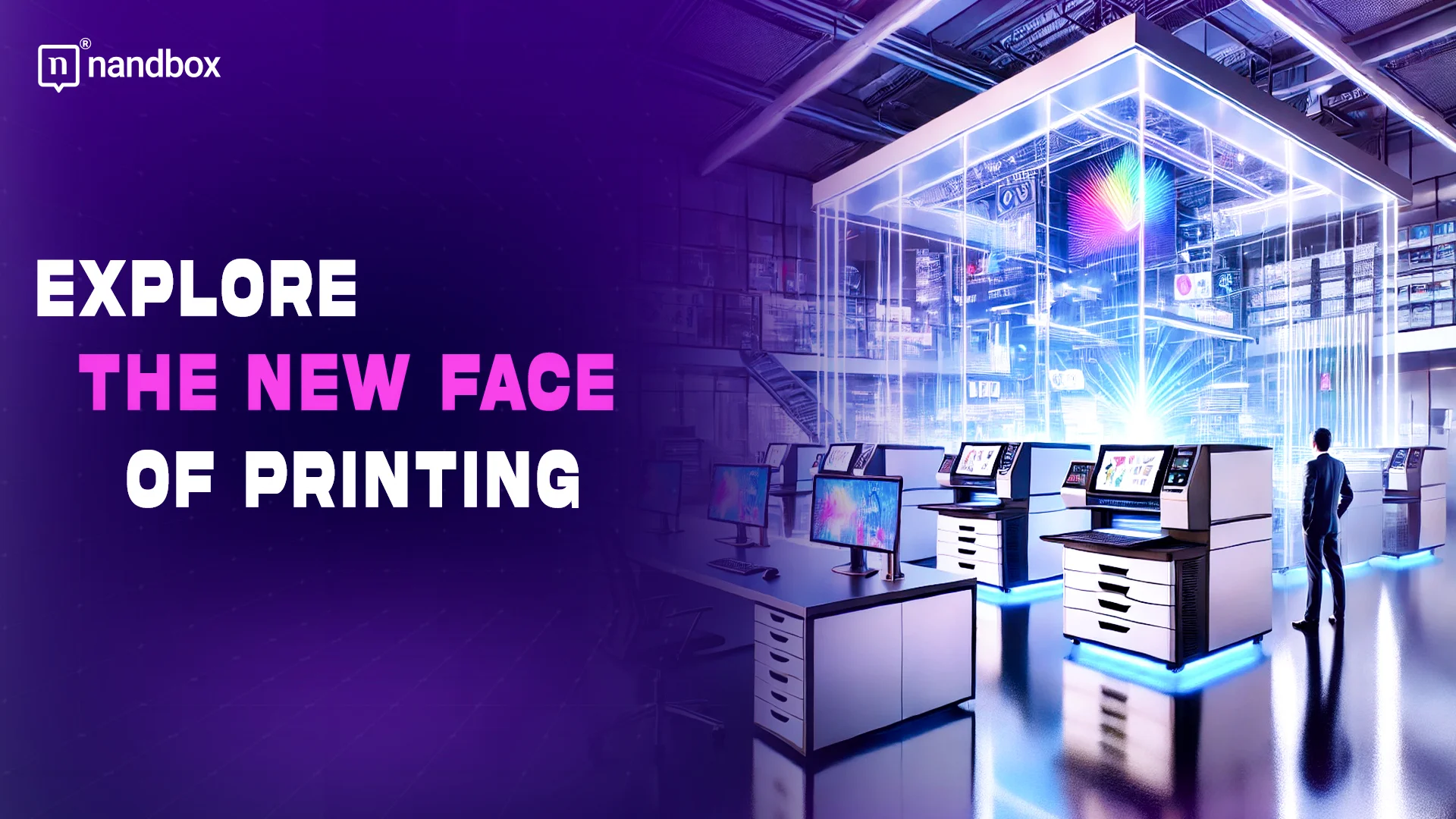The world of printing has seen incredible advancements over the past few decades, moving far beyond traditional ink and paper. Today, smart materials are revolutionizing the printing industry, offering innovative ways to enhance functionality, interactivity, and sustainability. For businesses and individuals seeking cutting-edge solutions, smart materials open up a realm of possibilities that were once thought impossible.
Whether you’re looking into local services like printing Sydney or exploring global solutions, understanding the impact of smart materials on the printing industry can help you leverage these advancements for your own projects. Let’s dive into how these materials are reshaping the landscape of printing.
1. What Are Smart Materials?
Smart materials are substances that respond dynamically to changes in their environment. They can adapt to factors such as temperature, light, pressure, or moisture, making them incredibly versatile in a range of applications. In printing, these materials enable the creation of products that go beyond static visuals, offering interactivity and functionality.
Examples of Smart Materials in Printing:
- Thermochromic inks: Change color based on temperature.
- Photochromic inks: React to UV light exposure by altering color or opacity.
- Conductive inks: Allow for the printing of circuits and electronic components.
- Hydrochromic inks: Change appearance when exposed to water.
These materials add a new layer of engagement to printed products, making them more appealing and functional.
2. Enhancing Interactivity with Printed Products
One of the most exciting applications of smart materials in printing is their ability to create interactive experiences. Traditional print is static, but smart materials can transform it into a dynamic medium.
Applications of Interactive Printing:
- Smart packaging: Food or pharmaceutical packaging that changes color to indicate freshness or proper storage conditions.
- Event tickets: Designs that reveal hidden information, like holograms or QR codes, under specific lighting conditions.
- Educational tools: Interactive charts or flashcards that change appearance when touched or exposed to certain stimuli.
These advancements not only enhance user experience but also add value to printed products by making them more engaging and memorable.
3. Sustainable Solutions with Smart Materials
Sustainability is a growing concern in the printing industry, and smart materials are playing a key role in addressing this challenge. By integrating eco-friendly properties, these materials can reduce waste and energy consumption.
How Smart Materials Promote Sustainability:
- Recyclable coatings: Inks and coatings that degrade easily or are fully recyclable.
- Water-based adhesives: Replace traditional chemical-based adhesives, reducing environmental impact.
- Reduced waste: Conductive and thermochromic inks minimize the need for additional components like labels or electronic sensors.
For businesses aiming to meet sustainability goals, smart materials offer practical and impactful solutions.
4. Applications in Commercial Printing
Smart materials are particularly transformative in the realm of commercial printing, where innovation is often key to staying ahead of the competition. Businesses that adopt these technologies can create unique marketing materials, enhance brand recognition, and improve customer engagement.
Commercial Printing Innovations:
- Interactive brochures: Brochures that respond to touch or light, providing an immersive experience for readers.
- Retail displays: Signage with color-changing features to grab attention and highlight promotions.
- Custom labels: Labels that track temperature changes, ensuring the integrity of sensitive products like vaccines or cosmetics.
These advancements give businesses a competitive edge, helping their products and services stand out in the market.
5. Cost Implications and Accessibility
While smart materials bring exciting opportunities, they can also raise questions about cost and accessibility. These innovations are often seen as premium features, but costs are gradually decreasing as technology advances and adoption grows.
Tips for Cost-Effective Integration:
- Start small: Begin with limited applications, such as interactive business cards or promotional items, to test the impact of smart materials.
- Partner with experts: Work with printing companies that specialize in smart material applications to ensure cost efficiency.
- Leverage economies of scale: Bulk orders for certain smart-material products can help reduce per-unit costs.
By integrating these materials strategically, businesses can balance costs while reaping the benefits of innovation.
6. Future Trends in Smart Material Printing
The rapid evolution of smart materials suggests that their applications in printing will only continue to expand. Emerging technologies are likely to push the boundaries even further, offering new opportunities for creativity and efficiency.
Predicted Trends:
- Wearable tech: Printable smart fabrics that incorporate sensors and conductive inks for wearable applications.
- 3D smart printing: Combining smart materials with 3D printing to create multi-functional, shape-shifting objects.
- Advanced packaging: Packaging that communicates with users via NFC or displays real-time information about the product.
These advancements indicate a future where printing becomes increasingly integrated with technology, blurring the lines between physical and digital media.
Smart materials are undeniably reshaping the printing industry, offering a host of innovative applications and opportunities for businesses to stand out. By leveraging these technologies, companies can create impactful, interactive, and sustainable products that meet the demands of a rapidly evolving market. Whether through engaging designs, eco-friendly solutions, or enhanced functionality, the possibilities are truly endless.
nandbox App Builder
The face of printing has changed tremendously as technology has advanced, allowing for faster, more efficient, and environmentally responsible alternatives. From 3D printing to digital and on-demand services, modern printing serves a wide range of industries, improving personalization and minimizing waste. Businesses may utilize the nandbox App Builder to create unique mobile apps that streamline printing services, allowing customers to place orders, follow progress, and receive real-time information. Printing companies may use nandbox to improve customer experience, operational efficiency, and remain ahead of the competition by embracing the future of printing.





